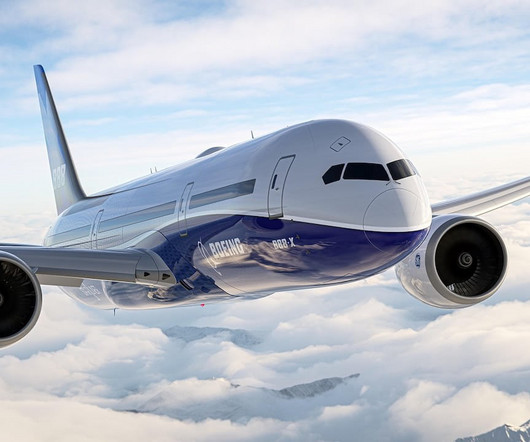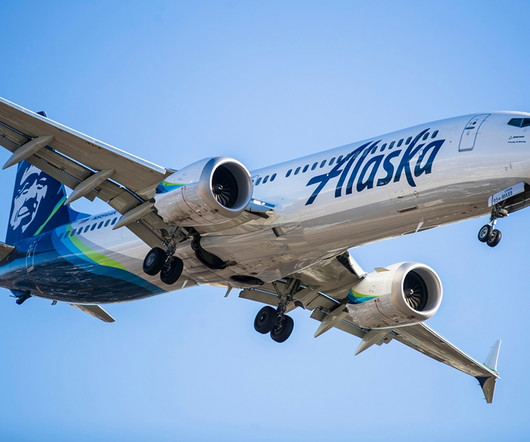Dutch Roll: A Pilot’s Balancing Act
Air
MARCH 10, 2025
Dutch roll is a coupled, oscillatory motion in an aircraft, combining both yaw (movement around the vertical axis) and roll (rotation around the longitudinal axis). The leading wing experiences increased lift , causing a roll in the opposite direction. This initial yaw shifts one wing ahead of the other.












Let's personalize your content